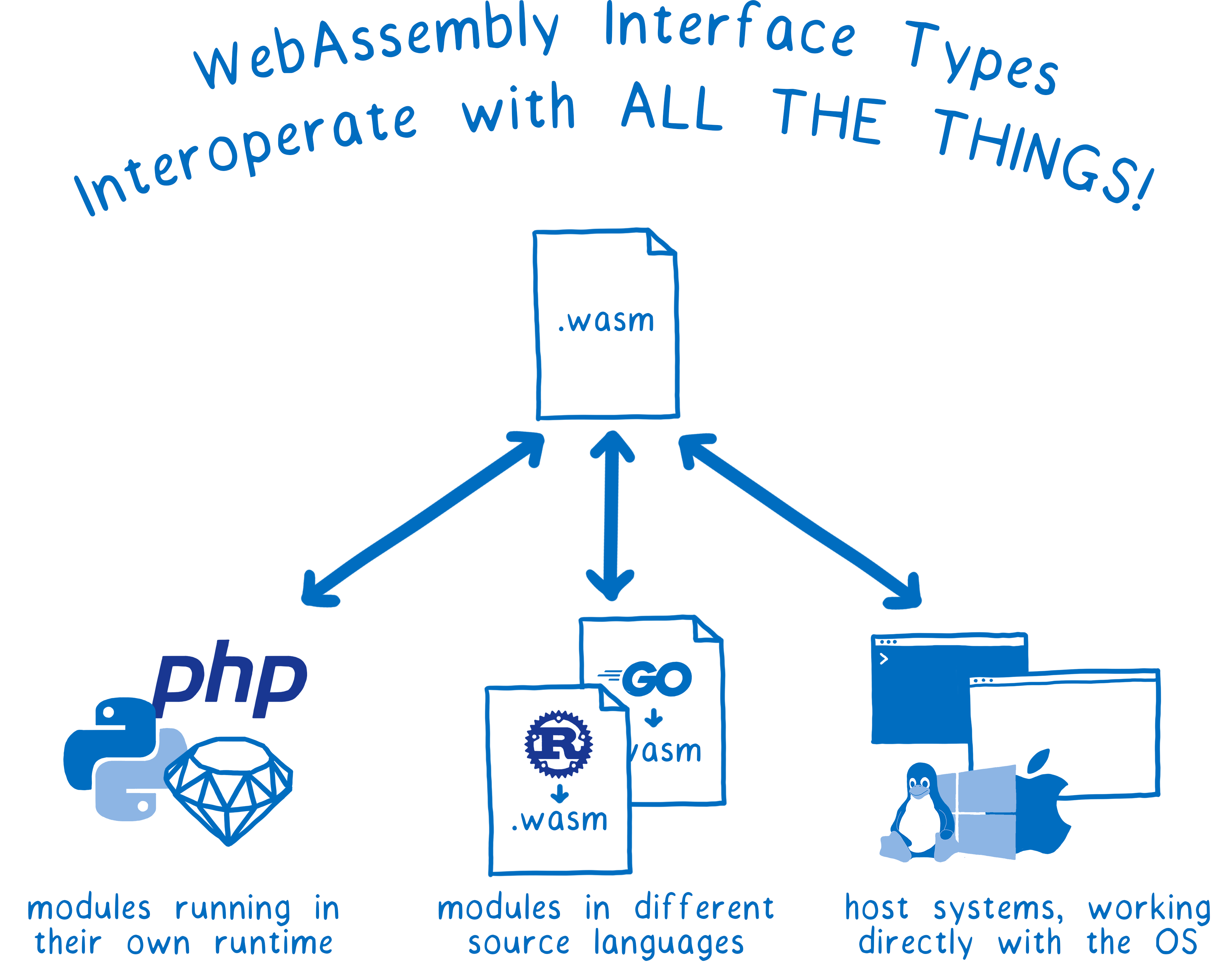
Let’s be blunt here, the browser programming model has stagnated for far too long. JavaScript has it’s pros and it also has it’s cons (Lot’s of cons), we’ve programmed interactivity into our HTML based apps the same way since the early 1990’s, that’s OVER 20 years!
Now lets look at NON BROWSER programming.
In the last 20 years we’ve gone from terminal screens to rich graphical user interfaces, we’ve had a plethora of different languages, and the avalanche of different programming models and syntactical ways of describing our intentions in that time has been monumental.
Put simply, we’ve made massive leaps and bounds in everything to do with software development, except for how we program the browser.
The one thing that is now front and center in our technological lives, the one thing that is the worlds canvas and user interface, and we don’t even put a fraction of the resources into improving it, that we do elsewhere in computing.
And no, before I get the Angular/Vue/React/Aurelia/fartframework what ever fanboys jumping on me, they ALL STILL REQUIRE JAVASCRIPT.
Even abstracted layers like Typescript and Coffeescript still produce and require JavaScript to run, because at the end of the day that is all the browser understands.
Webassembly is going to change that.
Whether it changes it for the better, or for the worse, we won’t know, at least not for a while, and there will be plenty of scope for folks to abuse it just as they have abused JavaScript.
There will always be bad actors and good actors in any technology domain, and for sure your going to get the marketing folks using it to try and get their pound of flesh out of it too.
However, change we must.
The API’s built into browsers now are making it more and more difficult for plain old JavaScript to keep up, they require an ability for us to be explicitly specific about what we want to do and how, and for that we need choice, we need choice and freedom in which language we want to use, and what approach we want to take.
There will be some trade-offs, there always is, it doesn’t matter what the technology is, in the case of WASM, I’ve found that loading times can be much longer due to large binary downloads.
The fact of the matter is this though, we are now beginning to see multiple languages, new tooling and way more innovative ways of constructing the solutions we need to construct, we are also seeing code that executes at an almost native speed on the device in question, AND… this is the big one, there’s none of this different ways of expressing the same thing in different browsers. WASM is WASM… period, what runs on one will run on all, the ONLY thing you now have to worry about is API support, and even that is now becoming a very level playing field.
Will JavaScript vanish overnight?
Hell no, there’s far too much been invested in it for that to happen, and you can still use JavaScript with WASM, it’s not all or nothing. Blazor which is Microsoft’s new experimental C# version of WASM has plenty of scope for me to re-use existing JS sources and libraries, allowing me to add a C# interface to them, so they can be reused as modular components.
GoLang, Rust, Objective-C ALL have WASM compilers now, and can use JavaScript libraries to extend their capabilities.
Since WASM is also compiled to byte code, a lot of commercial entities are very happy to adopt it, because it takes away the fear of competitors looking at their code simply by downloading a script and un-obfuscating it.
It’s time we started to innovate the browser, and start pushing it to be the world class universal platform we need it to be, and Web Assembly is just the first step on the ladder to making that happen.
If you want a really, really in depth technical look at web assembly and its story, then the Mozilla hacks article on its journey is very well worth reading
WebAssembly’s post-MVP future: A cartoon skill tree – Mozilla Hacks - the Web developer blog
It’s amazingly informative, very easy to read and understand, and will give you a very good high level picture of the idea and intentions behind web assembly, and where it’s gotten to so far.




No comments:
Post a Comment